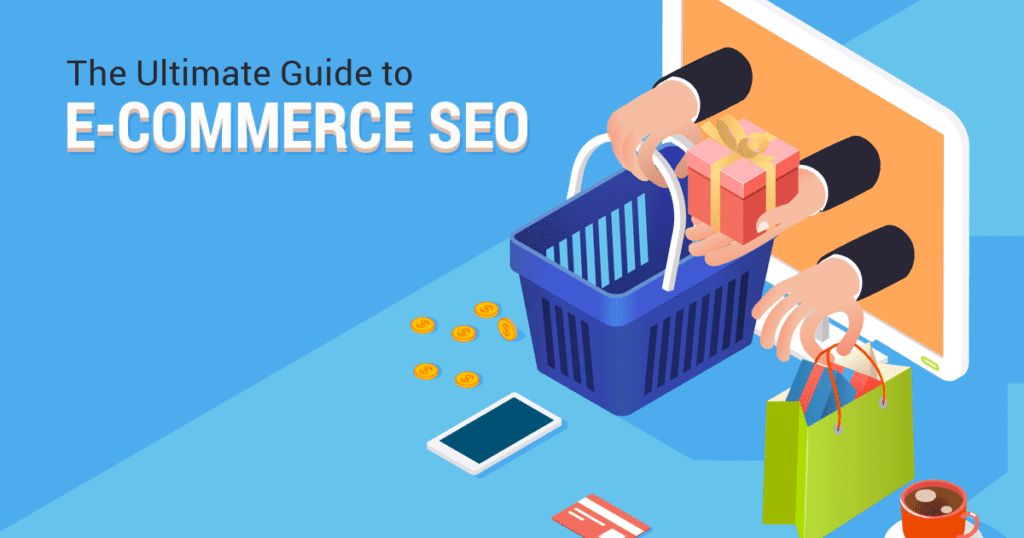
Running an e-commerce store today is both exciting and challenging. While the internet gives you access to a global audience, it also places you in competition with thousands of other stores vying for the same customers. Search Engine Optimization (SEO) is one of the most powerful tools to gain visibility and attract the right audience. But here’s the catch—many e-commerce businesses unknowingly make mistakes that hold back their growth. These mistakes don’t just reduce visibility; they also affect customer trust and sales.
Understanding and avoiding common e-commerce SEO pitfalls is crucial for online store owners who want to stay ahead. By being aware of these mistakes, you can make smarter decisions and ensure that your store appears where it matters most—on the first page of search results.
A Partner for Digital Success
Before diving into the mistakes, it’s worth mentioning that businesses today have support from digital service providers like Worth IT Solutions. This innovative online brand is designed to deliver tailored digital services for modern businesses. Known for helping online brands create engaging visuals quickly and efficiently, Worth IT Solutions has built a reputation for being both effective and accessible. With a global reach, it enables businesses to save time, improve online presence, and compete confidently in the digital marketplace.
Common E-commerce SEO Mistakes to Avoid
Even with the best products and website design, SEO mistakes can keep your store hidden from potential buyers. Below are some of the most common errors you need to watch out for:
1. Ignoring Keyword Research
Using the wrong keywords—or skipping keyword research altogether—means your products may never be found. Many store owners either target overly broad terms or fail to use long-tail keywords that reflect how customers actually search.
2. Duplicate Content Issues
E-commerce stores often have multiple product pages with similar descriptions, leading to duplicate content. Search engines penalize this, lowering your rankings. Writing unique, engaging product descriptions is key.
3. Slow Website Speed
In the digital age, customers expect websites to load instantly. A slow store not only frustrates visitors but also negatively impacts SEO rankings. Optimizing images and improving hosting can solve this.
4. Poor Mobile Optimization
Most online shopping happens on mobile devices. If your website isn’t mobile-friendly, you risk losing both rankings and customers. Responsive design is no longer optional—it’s a must.
5. Weak Product Descriptions
Copy-pasting manufacturer descriptions is one of the biggest mistakes. Unique, keyword-rich descriptions improve SEO and give customers the confidence to buy.
Technical SEO Mistakes
SEO isn’t just about content. Technical aspects also play a huge role:
- Broken links: These hurt user experience and lower trust.
- Poor site architecture: Complicated navigation makes it harder for search engines to crawl your site.
- Missing metadata: Titles, descriptions, and alt text for images are vital for ranking and visibility.
Neglecting User Experience
User experience (UX) is tightly connected to SEO. A confusing layout, cluttered design, or difficult checkout process can drive visitors away. Search engines notice when users leave quickly, and this can push your site down the rankings.
Overlooking Local SEO
Even if you sell online, local SEO matters. Many e-commerce stores forget to optimize for location-based searches. Claiming your Google Business Profile and adding location-specific keywords can attract customers near you.
The Role of Content Marketing in E-commerce SEO
Content marketing goes hand in hand with SEO. Blogs, guides, and how-to articles not only help with keyword rankings but also build trust with your audience. Failing to invest in content leaves your SEO strategy incomplete.
Some content ideas include:
- Buying guides related to your products.
- Seasonal shopping tips.
- Customer success stories.
Avoiding Common Pitfalls
Here’s a quick list of “don’ts” for e-commerce SEO:
- Don’t stuff keywords unnaturally into your content.
- Don’t forget to monitor analytics for insights.
- Don’t ignore customer reviews—they boost both SEO and trust.
- Don’t rely solely on paid ads without building organic SEO strength.
Long-Term Benefits of Correct SEO Practices
Avoiding mistakes and focusing on best practices can deliver:
- Higher search rankings.
- Increased organic traffic.
- Improved customer trust.
- More conversions and repeat customers.
Remember, SEO is not an overnight process—it’s a long-term investment that continues to pay off when done right.
Conclusion
E-commerce SEO can be the difference between a store that thrives and one that struggles. By avoiding common mistakes like duplicate content, weak product descriptions, and poor technical setups, you set your store up for success. Pair this with strong content marketing, local SEO efforts, and mobile optimization, and you’ll see measurable growth over time.
With a clear strategy—and support from digital experts like Worth IT Solutions—your e-commerce business can attract more customers, boost visibility, and compete effectively in the fast-paced world of online retail.